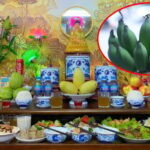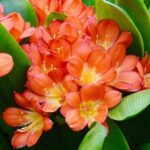The Crassula ovata, or Jade Plant, is a versatile and beautiful succulent that comes in a variety of forms. Based on their distinct morphological features, they can be categorized into three types: Money Plant with green leaves, Rainbow Jade with colorful leaves, and the exquisite Etolia Jade. The Etolia Jade is the most popular among them due to its unique leaf colors, which range from pink in its youth to a mature combination of white and green, creating a stunning display of all three colors on the plant at any given time. This makes it a true eye-catcher, even more so than many flowers.
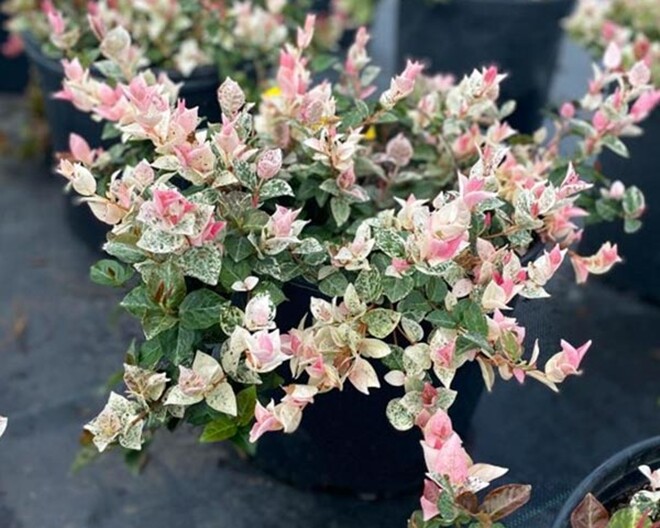
The Etolia Jade is rarely seen climbing walls, and most people prefer to grow them in hanging pots placed on balconies, terraces, or porches, or even as bonsai trees.
Apart from its aesthetic value, the Jade Plant has culinary and medicinal uses. Its leaves can be harvested for cooking, whether stir-fried, sautéed, or made into a delicious herbal tea. Young shoots can be eaten raw or used in salads and other dishes.
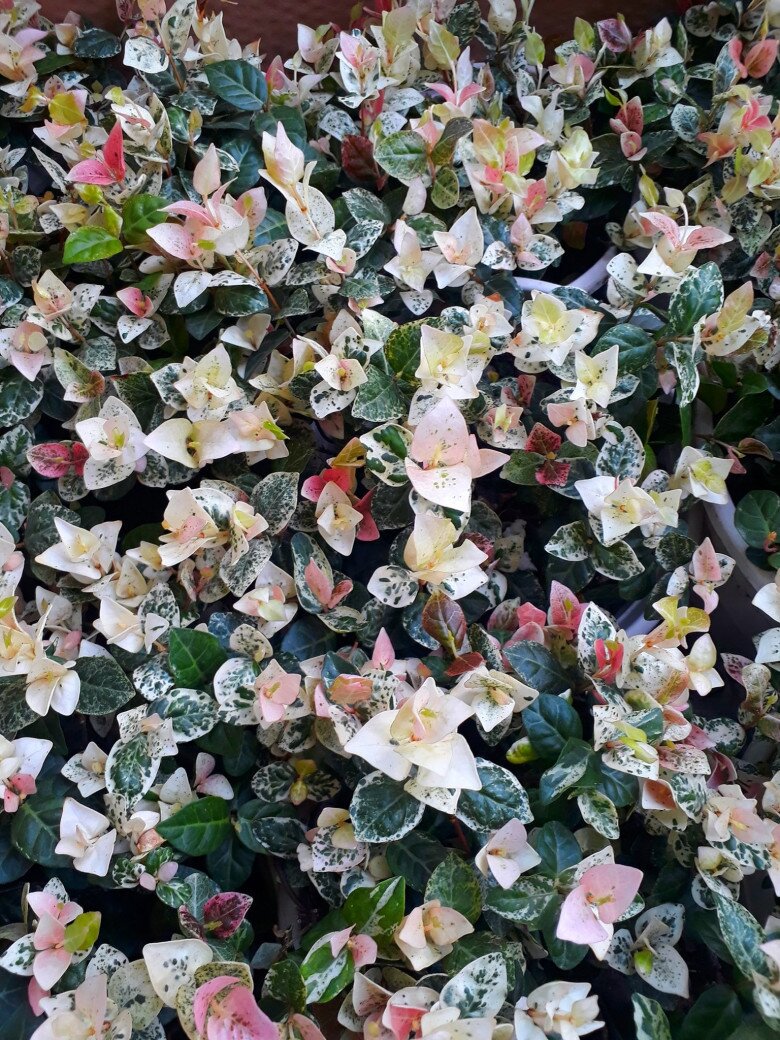
Ripe Jade Plant fruits can be cleaned, blended with a little water, and then strained to obtain the juice. After a while, the liquid will solidify. This jelly-like substance can be consumed as is or sweetened with sugar and enjoyed as a refreshing summer drink, known for its detoxifying and cooling properties.
In Eastern medicine, the stems and fruits of the Etolia Jade are believed to possess antioxidant properties and can be used to prepare various medicinal remedies. Specifically, they are thought to aid in treating joint pain, impotence, and detoxification.
From a feng shui perspective, the Etolia Jade symbolizes longevity, unity, and the strong bonds within a family. Additionally, this plant represents fertility and continuous growth.
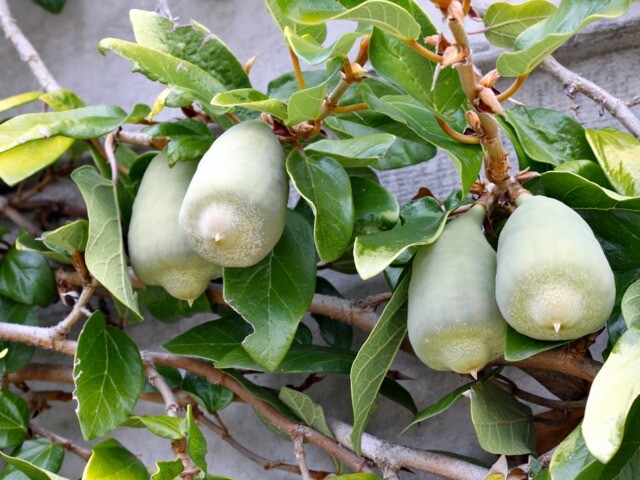
Jade Plant fruits.
How to Grow and Care for the Etolia Jade
The Etolia Jade can be propagated through seed germination or stem cuttings. For seed germination, select healthy, firm seeds that are not cracked or damaged.
Soak the seeds in warm water until they just begin to crack, and then plant them in soil. Carefully tend to the seedling tray, maintaining daily moisture. Once the seeds have grown into sturdy young plants with a complete set of leaves, they are ready for transplantation.
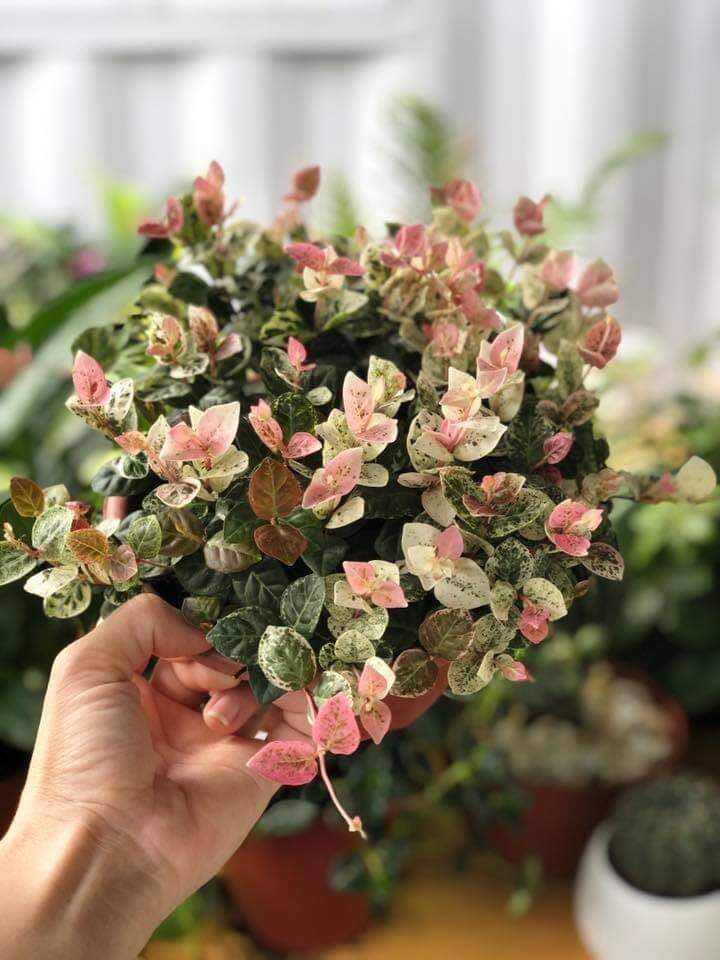
For stem cuttings, choose healthy, semi-hardwood stems with vibrant green leaves, and cut them into sections approximately 20–30 cm long. Insert the cuttings into prepared pots, and place them in a cool, shaded area, avoiding direct sunlight. Before long, the cuttings will take root and sprout.
Alternatively, you can purchase ready-to-plant Etolia Jade trees from garden stores and plant them in your desired location.

The Etolia Jade is easy to care for, but for optimal growth, consider the following factors:
– Soil: Plant in well-drained, airy soil with adequate moisture. If the soil is poor, enrich it with worm castings and rice husk charcoal for better results.
– Light: Etolia Jade can tolerate full sun as well as partial shade. This makes it an excellent choice for indoor planting.
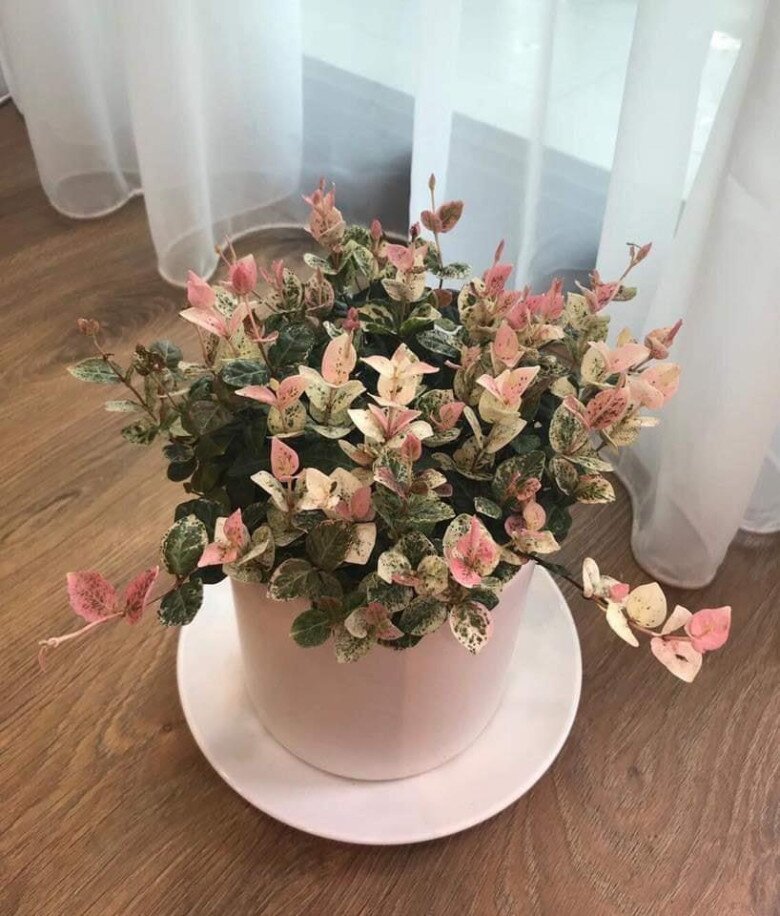
– Watering: This plant is drought-tolerant and can withstand extended periods of rain, so there is no need to overwater it. Regular watering is sufficient, especially when it is newly planted.
– Pruning: Pruning is generally not necessary for the Etolia Jade as it is naturally resistant to pests and diseases, and its leaves do not fall off easily.
– Shaping: You can either let your Etolia Jade grow freely to form a lush wall of foliage or shape it into a bonsai tree according to your creative vision. However, be cautious when shaping to avoid accidentally breaking branches.
Where in the House Should You Place the Money Tree Plant to Attract Wealth?
“The Money Tree, also known as Pachira Aquatica, is not just an exquisite houseplant that adds a touch of natural beauty to your home, but it is also believed to bring good fortune and prosperity to its owner. Its vibrant presence uplifts any living space while symbolizing wealth and luck, making it a sought-after addition to homes and businesses alike.”




























